西河粮油博物馆及村民活动中心,信阳,中国
西河粮油博物馆及村民活动中心,信阳,中国
Xihe Cereals and Oils Museum and Villagers' Activity Center, Xinyang, China, 2014
建筑设计:何崴,陈龙,齐洪海,韩晓伟/中央美术学院建筑学院
Architects: HE Wei, CHEN Long, QI Honghai, HAN Xiaowei/School of Architecture, Central Academy of Fine Arts

1 夜景/Night view
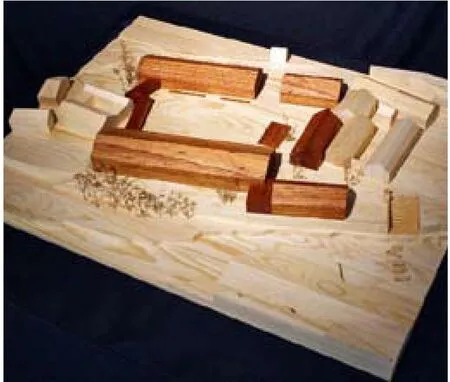
2 模型/Model
项目信息/Credits and Data
客户/Client: 西河村村民合作社/Villager Cooperative of Xihe Village
设计团队/Project Team: 何崴(主持建筑师,中央美术学院建筑学院);陈龙(建筑设计,中央美术学院建筑学院);齐洪海(照明设计,远瞻照明设计有限公司);韩晓伟(照明设计,北京吉晟通科技有限公司);夏博洋(平面设计,中央美术学院设计学院)/ HE Wei (Principal architect , School of Architecture, CAFA); CHEN Long (Architecture design , School of Architecture, CAFA); QI Honghai (Lighting design, Z Design & Planning), HAN Xiaowei (Lighting design, Geston); XIA Boyang(Grafic design, School of Design, CAFA)
地点/Location: 河南省信阳市新县西河村大湾/Xihe Village Great Bay, Xin County, Xinyang City, Henan Province
用地面积/Site Area: 3760m2
建筑总面积/Gross Floor Area: 1532m2
博物馆建筑面积/Museum: 420m2
村民活动中心建筑面积/Villagers' Activity Center: 680m2餐厅建筑面积/Restaurant: 169m2
附属建筑面积/Affiliated Construction: 273m2
建筑总造价/Total Cost: 1,500,000 RMB
设计时间/Design Period: 2013-2014
摄影/Photos: 陈龙/Chen Long(Fig.1), 齐洪海/Qi Honghai(Fig. 3, 5),何崴/He Wei(Fig. 4, 8-13)
项目位于中国河南省信阳市新县西河村。村庄环境优美,但经济不发达,缺乏活力,常住村民大多数为老人和儿童,是典型的留守村落。项目旨在通过好的设计,修复环境,激发活力,重振经济。
建设资金来自于政府补贴和村民组成的合作社,建设队伍主要由留守村民组成,并由农民自己经营。这个项目更像是一个公共事件,它促使村民重新团结起来,为村庄振兴出力;同时,通过劳动和产业复兴,村落也可以重新找到自我。
建筑师还充当了产业策划者的角色。结合当地的经济作物和传统工艺,设计团队为西河村策划了有机茶油、板栗等产品,帮助创立“西河良油”品牌,并免费设计了商标。重建集体经济、引导村民如何去经营是本项目的重要组成部分和出发点。
项目还试图修复中国乡村传统有机农业和手工艺。在设计师的建议下,村庄收购并修复了当地仅存的、可使用的油榨(有300年历史),并于30年后恢复了全手工榨油的工艺。
完成后的西河粮油博物馆及村民活动中心包括:一座微型博物馆,一个村民活动中心和一个餐厅。在预期中,这里将成为西河村新的公共场所,激发村庄的活力;同时,它也将拉动村庄经济,成为农村产业重塑的抓手。从使用后的效果看,这些目标基本达到了。
This project is situated in Xihe Village, Xin County, Xinyang city, Henan province, China. The village has a beautiful environment. However, it is economically underdeveloped and lacking in vitality. Being a typical left-behind village, most of its residents are unattended elderly and children. The aim of the project is to repair the environment, motivate vitality and revive the economy of the village.
Project funding comes from the government and the villagers' cooperative. The construction team is mainly formed by the left-behind villagers. The center will be run and managed by the villagers themselves after completion. This project is more like a public event. It prompts the villagers to stand together for the prosperity of the village. At the same time, it enables the village to find its true self through collective labor and industrial revitalization.
The architects also play the role of business planner. Combined with the local cash crops and the traditional craftsmanship, the design team draws up strategies for the village to develop products like organic camellia oil and Chinese chestnut etc. They also help to create a new brand "Xihe Good Oil" and design its logo for free. It is an important part and the starting point of the project to reconstruct collective economy and guide the villagers in managing the brand.
The project also tries to fix China's rural traditional organic agriculture and handicrafts. Advised by the designers, the villagers purchase and repair the only remaining and workable oil squeeze (with a history of 300 years) in the village, which has been restored for over 30 years.
After completion, Xihe Cereals and Oils Museum and Villagers' Activity Center consists of a small museum, a villagers' activity center and a restaurant. As expected, it will become a new public place for Xihe village and it will bring vitality. At the same time it will pull the economy forward and reshape rural industry. Judging from the consequences, all the aims have been achieved basically.
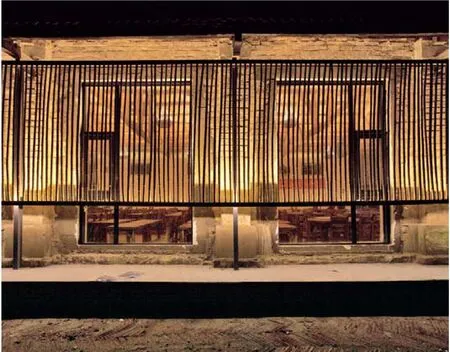
3 夜景/Night view

4 餐厅外景/Exterior view of the restaurant

5 内院夜景/Night view in the courtyard

6 平面/Floor plan
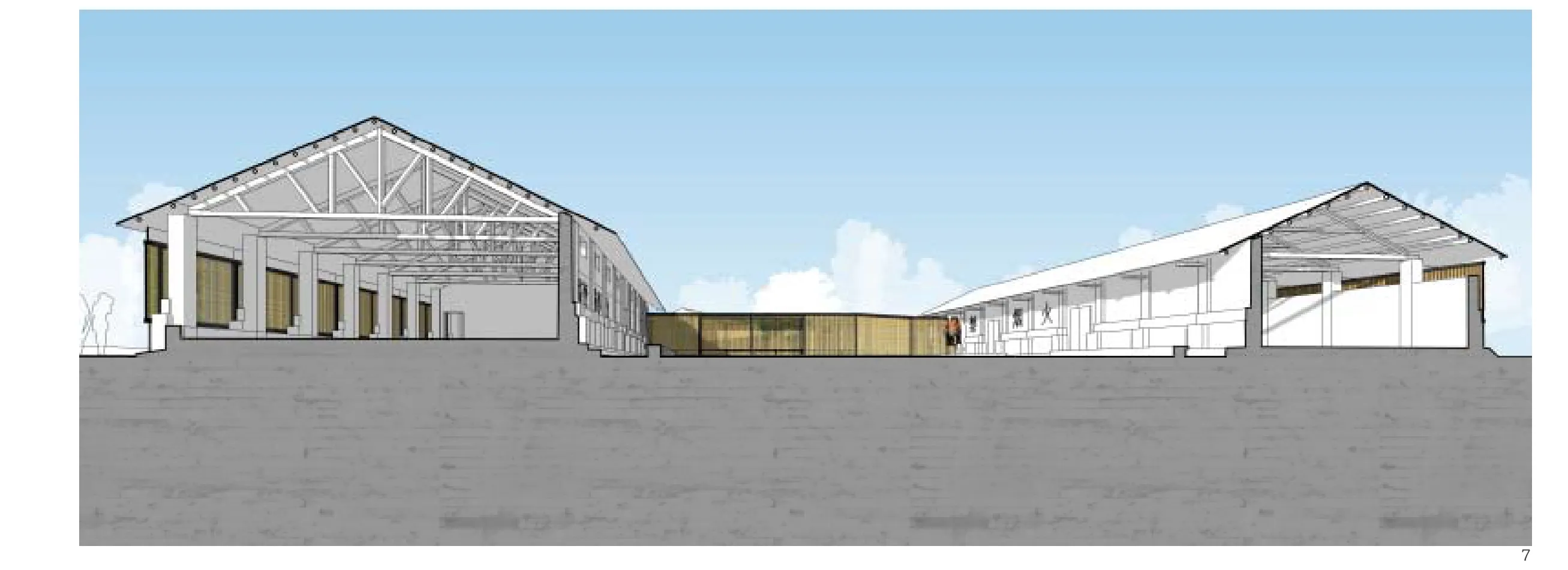
7 横剖透视/Perspective cross section
评委评语
本项目是一种乡村建设新模式,不是传统意义上的捐助项目,是村民自建自营的社会参与模式。建筑师通过对原有闲置建筑的功能改造和重置,为村民提供了一个公共活动场所,改善了农村生活质量。设计上对既有建筑空间的利用、当地材料和做法的引入,以及低成本控制的原则,使之成为乡村建设可持续发展的典型案例。
Jury Statement
As a new mode of village construction, this project is not a donation in traditional sense, but a mode of social participation that is built and managed by the villagers themselves. The architects reset the functions of the original idle building to provide a public activity space for the villagers and improve the quality of rural life. The design makes use of the existing building space, adopts local materials and construction methods, and follows the principle of cost control, making the project a typical case for sustainable rural evelopment.
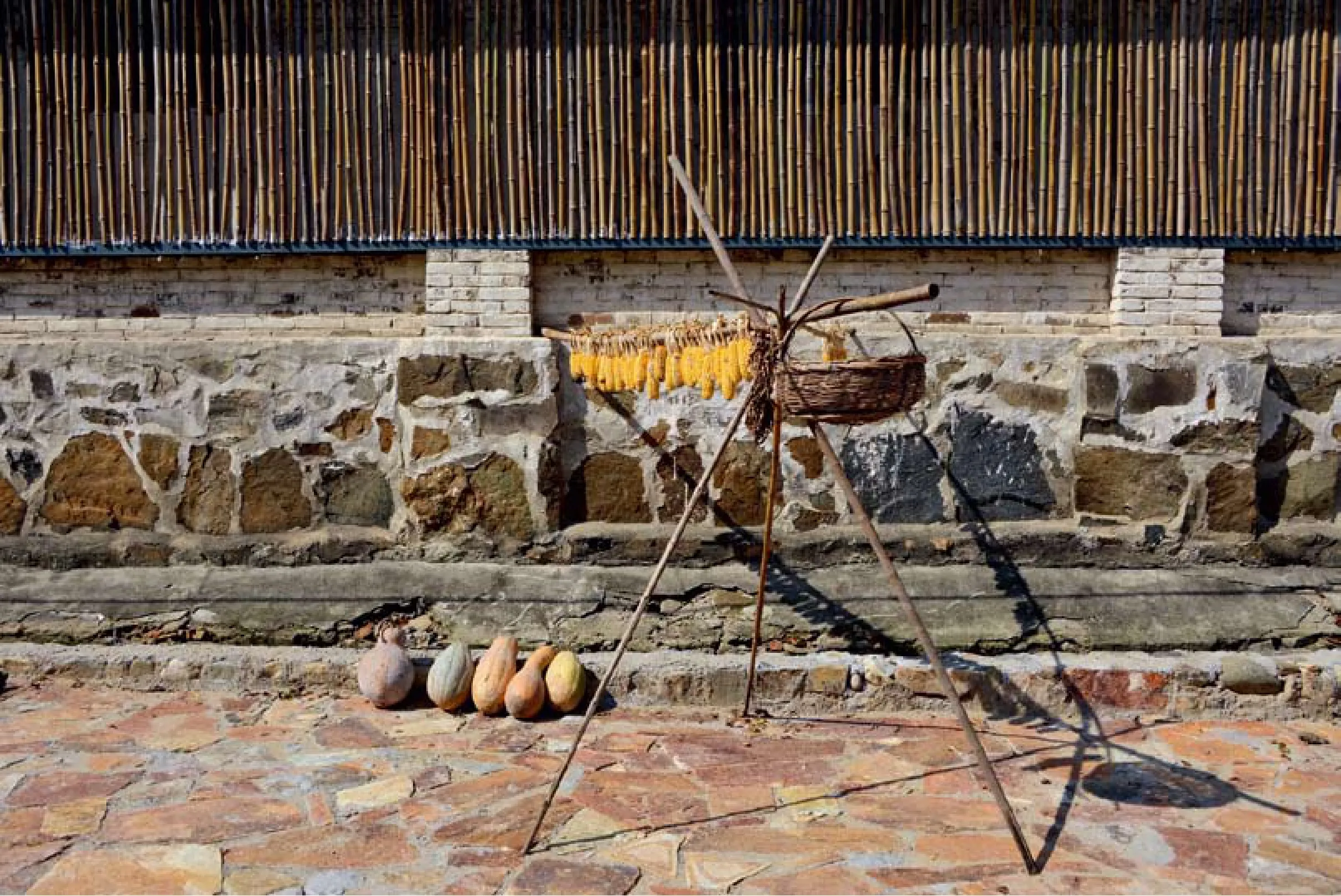
8 博物馆南立面细部/Details on the south facade of the museum
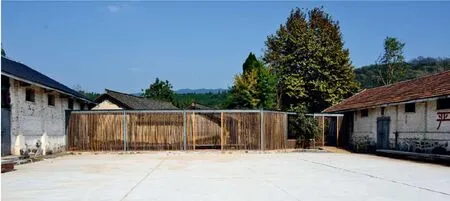
9 改造后内院和新建连廊/The courtyard after renovation and the new corridor

10 博物馆内景/Interior view of the museum

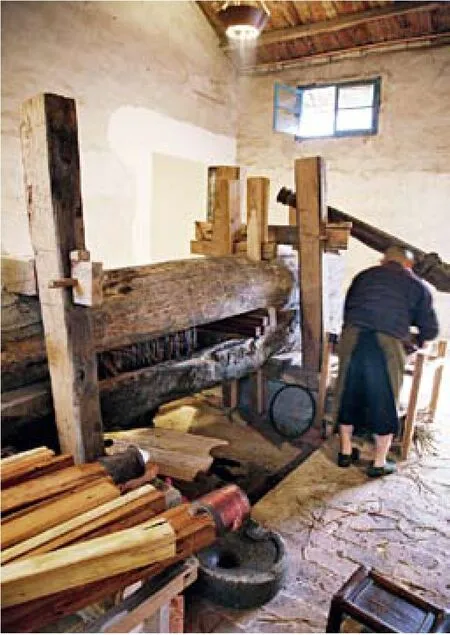
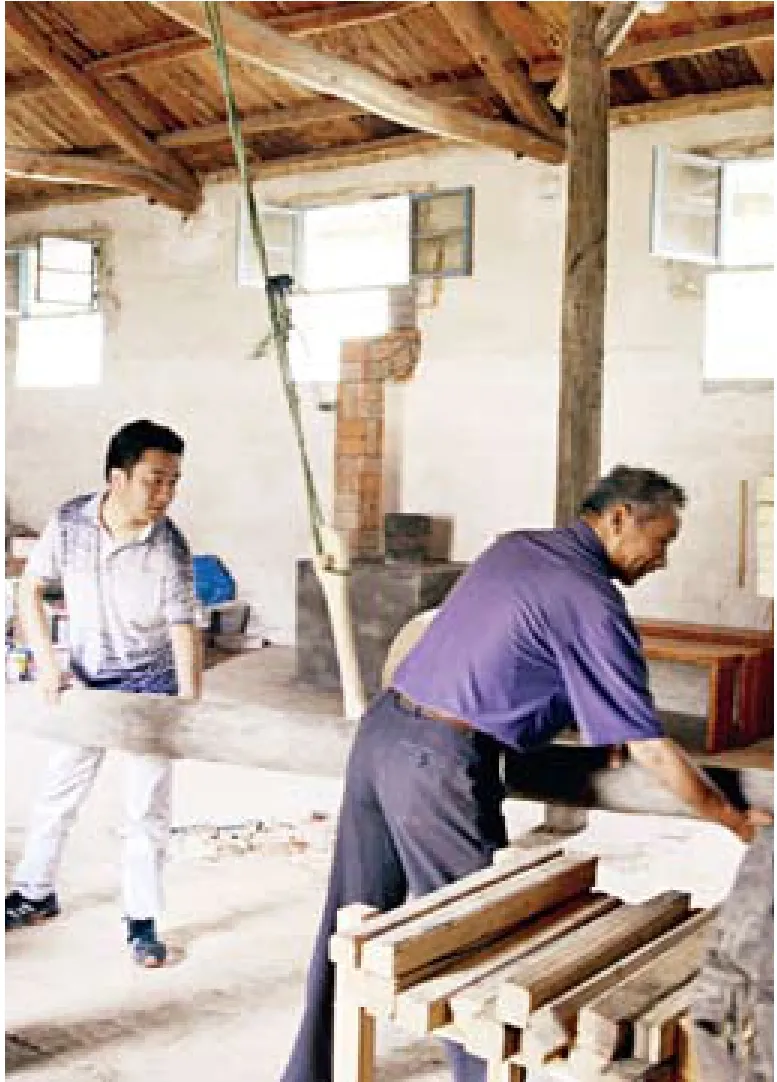
11-13 传统手工榨油的工艺/Handmade oil extraction process

